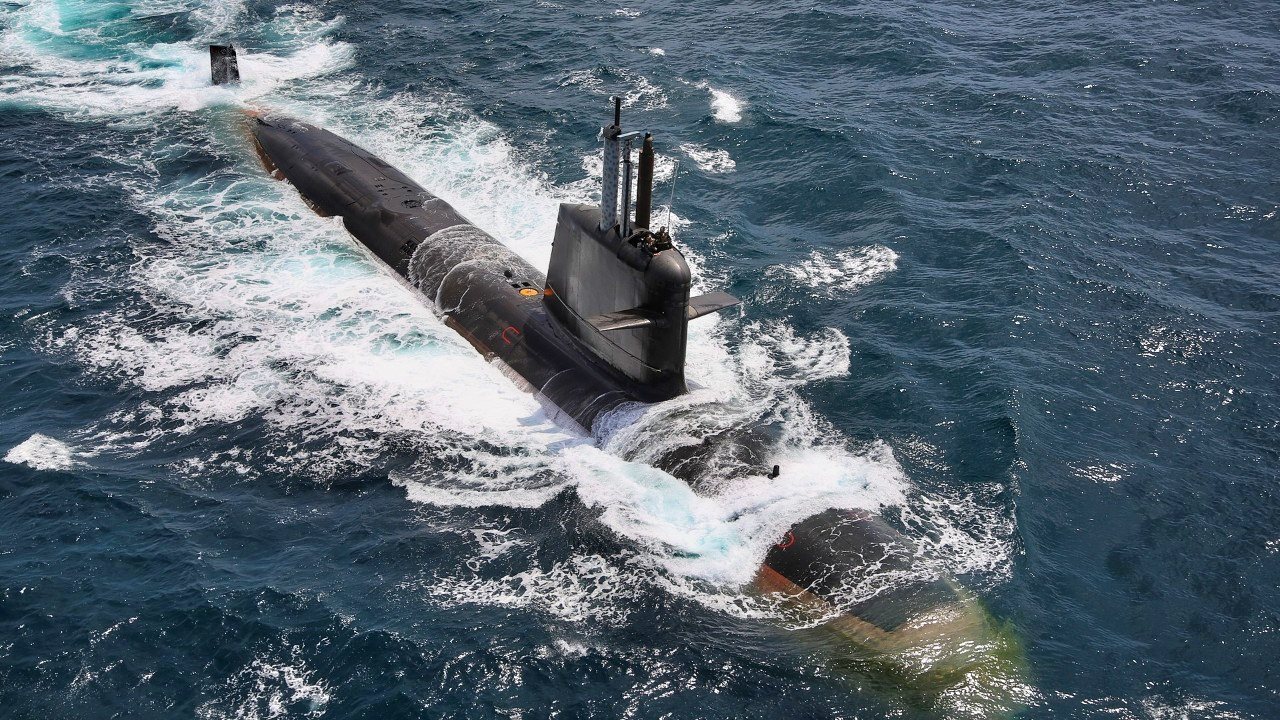DRDO’s Fuel Cell-Based AIP Technology will Revolutionize India’s Submarine Capabilities
The underwater trials of indigenous fuel based Air Independent Propulsion system is expected to start next year. The trial will be conducted by the Defence Research and Development Organisation (DRDO).AIP technology significantly enhances the submerged endurance capability of submarines. Prior to this, the DRDO conducted successful shore-based prototype testing in 2021.
If the contract for 3 additional Scorpenes is signed by the end of this year, the first submarine equipped with AIP technology is expected to join the Indian Navy by 2030-31. By that time, the DRDO will have begun delivering AIP systems for both the new submarines and the existing Scorpene submarines in service.
An eco-friendly aspect of this AIP technology is that the by-product of the reaction is non-polluting water, which can be safely released into the oceans.
Private players like L&T and Thermax have played a significant role in supporting the development of this AIP technology. The technology for AIP has been transferred to L&T.
The successful implementation of the fuel cell-based AIP system marks a major milestone for India’s naval capabilities and signifies a significant step towards eco-friendly and technologically advanced submarine operations.
The AIP system serves as a powerful force multiplier for diesel electric submarines, significantly boosting their submerged endurance by several folds. With its unique capability of generating hydrogen onboard, it outperforms other technologies in terms of performance. NMRL, with the unwavering support of Indian industry partners, has successfully developed this cutting-edge technology, which has now reached a stage of maturity ready for industrialization.
Worth mentioning is the successful testing of the land-based prototype of NMRL’s AIP, paving the way for the detailed design certification of the energy module. NMRL, in collaboration with Indian industry partners, will take the lead in this endeavor. The integration of the indigenous AIP into Indian submarines by Naval Group of France will also involve the design of the impacted platforms. This cooperative effort will set the stage for the localization and industrialization of the AIP, including hull fabrication, by the Indian industry, with future plans for onboard fitting on submarines.
The integration of the indigenous AIP system in INS Kalvari will undoubtedly reinforce the country’s naval capabilities and herald a new era of self-sufficiency in defence innovation.





